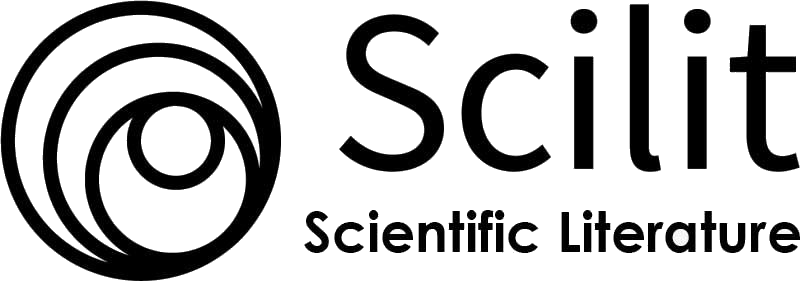The Relationship between Language and Thought: How Does Language Shape Human Perception of the World?
Keywords:
Language, thoughts, relationship, perception.Abstract
Aim: The relationship between language and perception has been the subject of much research and debate in various fields, including linguistics, psychology, and philosophy. This paper aims to explore this relationship in-depth, focusing on how language shapes human perception of the world.
Methods: This study employed a systematic literature review methodology to analyze and synthesize existing research on the relationship between language and thought. The data source for this study was scholarly articles obtained from electronic databases and relevant academic journals. The literature search was conducted using academic databases such as Google Scholar, and PsycINFO. The search strategy involved a combination of keywords, Boolean operators, and inclusion/exclusion criteria to identify relevant articles.
Results: The relationship between language and thought is complex and multifaceted. Language serves as a medium through which human express, organize, and shape their thoughts, while thought processes, in turn, influence language production and comprehension. Understanding this relationship provides insights into the fundamental nature of human cognition and communication.
Conclusion: The specific categories and distinctions made in a language can influence how individuals perceive and interpret their environment.
Recommendation: This study recommends future researchers to conduct longitudinal studies to examine the developmental aspects of the relationship between language and thought. They can achieve this by following individuals over an extended period to observe how their language use and thought processes evolve over time, particularly in childhood and adolescence. This study also recommends utilization of advanced research methodologies and technologies to gain a deeper understanding of the language-thought relationship.
References
Boroditsky, L. (2011). How language shapes thought: The languages we speak affect the ways in which we understand the world. Scientific American, 304(2), 62-65.
Chen, Z., Peng, K., & Xing, C. (2016). Language shapes preattentive perception. Psychological Science, 27(7), 938-949.
Davidoff, J., Fonteneau, E., & Goldstein, J. (2016). The language of color experience: Color naming and color perception. Current Directions in Psychological Science, 25(4), 262-267.
Dolscheid, S., Shayan, S., Majid, A., & Casasanto, D. (2013). The thickness of musical pitch: Psychophysical evidence for linguistic relativity. Psychological Science, 24(5), 613-621.
Gennari, S. P., & Fisher, C. (2017). Cross-language differences in event conceptualization: Evidence from eye-tracking. Journal of Memory and Language, 94, 71-87.
Grote, K. S., Russell, E. E., Bates, O., & Gonzalez, R. (2021). Bilingual Cognition and Growth Mindset: A Review of Cognitive Flexibility and Its Implications for Dual-Language Education. Current Issues in Education, 22(2).
Han, S., & Lehman, D. R. (2016). Language and perception: Evidence from the vertical/horizontal spatial metaphor. Journal of Personality and Social Psychology, 111(5), 707-722.
Haque, M. (2019). From cognition, metacognition to autonomy: A framework for understanding language learning dynamics. Arab World English Journal (AWEJ) Special Issue: The Dynamics of EFL in Saudi Arabia.
Majid, A., Burenhult, N., Stensmyr, M. C., de Valk, J., & Hansson, B. S. (2019). Olfactory language and abstraction across cultures. Philosophical Transactions of the Royal Society B: Biological Sciences, 374(1781), 20190093.
Regier, T., & Kay, P. (2009). Language, thought, and color: Whorf was half right. Trends in Cognitive Sciences, 13(10), 439-446.
Thibodeau, P. H., Matlock, T., & Flusberg, S. J. (2019). The role of metaphor in communication and thought. Language and Linguistics Compass, 13(5), e12327.
Wang, Q. (2021). The cultural foundation of human memory. Annual review of Psychology, 72, 151-179.
Yamauchi, T., & Markman, A. B. (2013). The effect of language on color categorization: Evidence from bidirectional interference. Journal of Experimental Psychology: General, 142(1), 186-201.
Downloads
Published
How to Cite
Issue
Section
License
The authors retain the copyright and grant this journal right of first publication. This license allows other people to freely share and adapt the work but must give appropriate credit, provide a link to the license, and indicate if changes were made. They may do so in any reasonable manner, but not in any way that suggests the licensor endorses them or their use.










